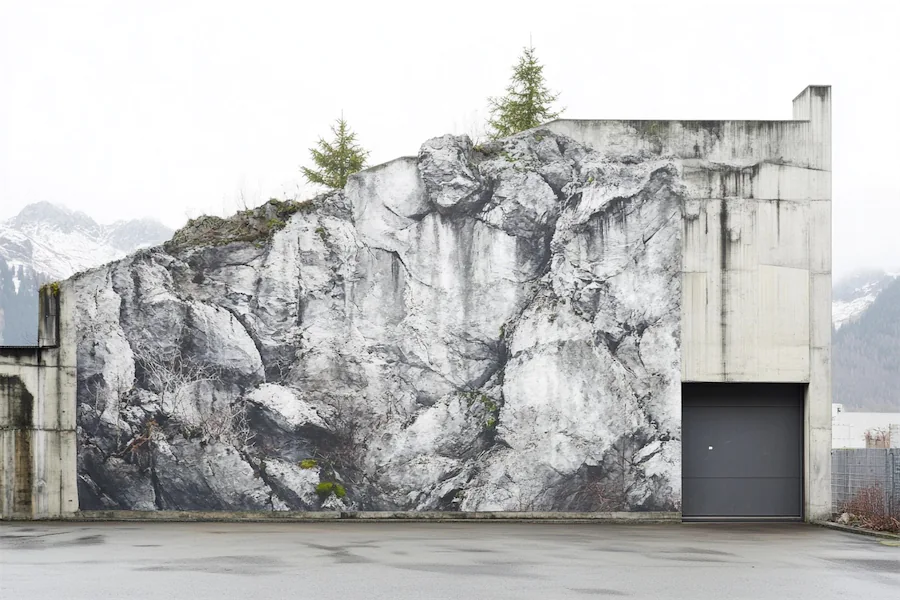Alpine wall designs are inspired by the traditional architecture of the Alpine regions, emphasizing natural materials, warmth, and a harmonious connection with the surrounding mountainous environment.
History and Origins of Alpine Wall Designs
Traditional Alpine architecture developed as a response to the harsh climatic conditions of mountainous regions. Thick stone walls provided insulation against cold temperatures, while wooden elements added structural integrity and aesthetic appeal. Over time, these designs have evolved, blending rustic charm with modern sensibilities to create cozy and inviting interiors.
Key Features of Alpine Wall Designs
Alpine wall designs are characterized by several distinctive features:
- Natural Materials: The use of locally sourced materials like stone and wood is prevalent, reflecting the region’s connection to nature. Stone walls offer durability and thermal mass, while wooden beams and paneling add warmth and texture to interiors.
- Textured Finishes: Techniques such as plastering or stucco finishes introduce tactile qualities, enhancing the visual interest of the walls. These finishes can reflect light differently throughout the day, adding dynamic character to the room.
- Warm Color Palettes: Traditional Alpine interiors often employ warm, earthy tones that convey coziness and comfort. Shades like deep reds, forest greens, and rich browns are commonly used, sometimes complemented by natural wood finishes.
Applications of Alpine Wall Designs
Alpine wall designs are applied in various contexts, including:
- Residential Interiors: Homeowners can incorporate stone accent walls or wooden paneling to create a warm and inviting living environment that reflects Alpine aesthetics.
- Hospitality Spaces: Hotels, lodges, and restaurants in mountainous regions often adopt Alpine wall designs to provide guests with an authentic and cozy atmosphere.
- Commercial Buildings: Businesses aiming to evoke a rustic yet sophisticated ambiance may integrate Alpine-inspired wall elements into their interior design.
Considerations When Choosing Alpine Wall Designs
When selecting Alpine wall designs, consider the following:
- Material Authenticity: Utilize genuine natural materials to maintain the authenticity and durability of the design.
- Climate Adaptation: Ensure that the chosen materials and construction methods are suitable for the local climate, particularly regarding insulation and moisture resistance.
- Maintenance Requirements: Natural materials like wood and stone may require periodic maintenance to preserve their appearance and structural integrity.
Conclusion
Alpine wall designs offer a harmonious blend of rustic charm and modern comfort, creating spaces that are both aesthetically pleasing and functionally suited to mountainous environments. By thoughtfully selecting materials and design elements, these walls contribute to interiors that exude warmth, coziness, and a deep connection to nature.
